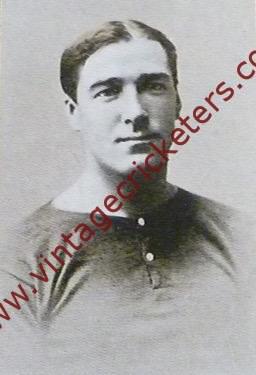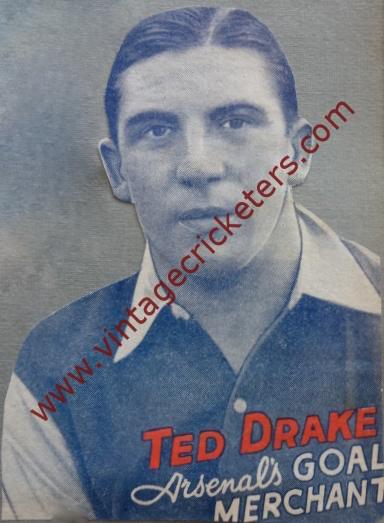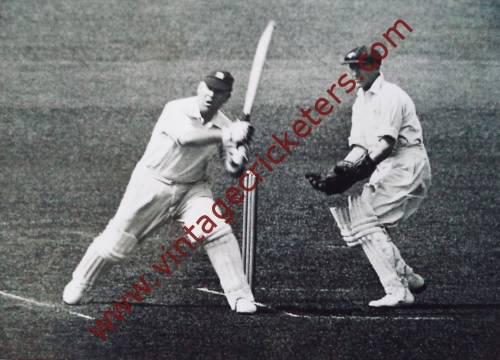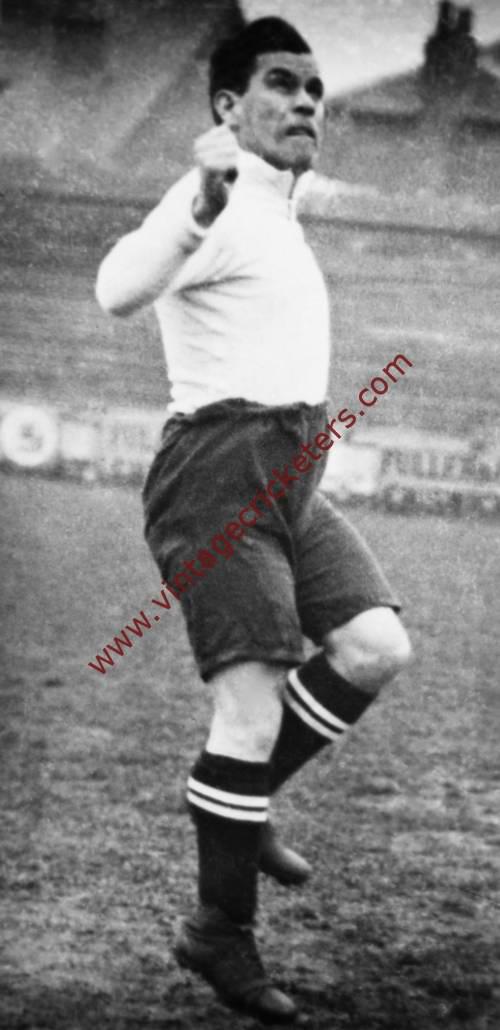Please choose your photo size from the drop down menu below.
If you wish your photo to be framed please select Yes.
Note: 16″x 20″not available in a frame.
Images can also be added to accessories. To order please follow these links
£8.95 – £49.95
In stock
Please choose your photo size from the drop down menu below.
If you wish your photo to be framed please select Yes.
Note: 16″x 20″not available in a frame.
Images can also be added to accessories. To order please follow these links
The maximum number of views of this element is reached.
Please contact the webmaster to enable unlimited views.
Bristol born right half Phil Taylor began his football career with Bristol St George in 1933 and joined his hometown Third Division (South) club Bristol Rovers as an apprentice, turning professional in May 1935, making his Football League debut against Gillingham that September. He had been playing for the first team for less than a season when First Division Liverpool signed him for £5,000 in March 1936, still aged only 18, after 6 goals in 26 appearances for The Pirates, which included a hat-trick in an FA Cup tie against Oldham Athletic in December 1935. Initially an inside forward who could also play in the half back line, it wasn’t until after the Second World War that he switched permanently to right half.
Taylor scored a last-minute goal at Derby County on his Liverpool debut on 28th March 1936 to save a point in a 2-2 draw and made a further six First Division appearances before the season closed, also netting against Blackburn Rovers. Liverpool finished in 19th place that year and only one place higher the following year before climbing to mid-table respectability by the end of the decade as the Second World War drew ever closer, and its arrival in September 1939 proved a significant interruption to his playing career, however after the conflict he returned to Anfield and played in their 1946 FA Cup campaign.
In May 1947 Liverpool won the first post-war League Championship and Taylor, by now approaching his peak at 29-years-old, played in 35 of the 42 League matches. He also played in their FA Cup semi-final defeat to Burnley at Maine Road. He was called in to the England squad against Scotland in April 1947 and the next month against France, Switzerland and Portugal but on each occasion was a non playing reserve, although he played in an England B international in a 0-0 draw with Switzerland in Geneva on 21st May 1947, the first of four B international caps. He made three appearances for the England team in the autumn of 1947, his debut coming in a 3-0 victory over Wales at Ninian Park, Cardiff in October, followed by two internationals the next month against Ireland at Goodison Park and Sweden at Highbury. He was also a non playing reserve or squad member on a further 4 occasions.
“It was a very different world back then for a player, Taylor remembers. “When I first played for Liverpool we didn’t even have our own training ground, because the club didn’t buy Melwood from St. Francis Xavier School until the early fifties. Most of our training on Tuesday, Wednesday and Thursday consisted of running with virtually no work on individual skills or team tactics at all. I think a modern player would have ten fits wearing the kind of boots we wore. Ours were so heavy, with solid toecaps that could murder you if you were kicked. I can remember sitting with my boots in a tub of water, so they would shrink to fit my feet.”
Taylor would continue to a key member of the team for the next four years. He took over the captaincy from Jack Balmer in the 1949-50 season and captained Liverpool through their run to the club’s first-ever Wembley FA Cup Final in 1950 but there was only disappointment after a 2-0 defeat by Arsenal. Once he had passed his thirtieth birthday, Taylor was selected less frequently. He remained at Anfield when he retired as a player after Liverpool’s relegation in 1954, having scored 34 goals in 345 appearances, serving as chief coach before replacing Don Welsh as manager in May 1956.
Taylor found the pressure of getting Liverpool back into the top flight almost intolerable. Just missing out on promotion in three successive seasons eventually led to his resignation in November 1959. A terrible FA Cup defeat at non-league Worcester City earlier in the year had put extra pressure on him, but when none of the five League fixtures Liverpool played in October 1959 were won, his position at the club was no longer tenable. It was over twenty three and a half years since he had first arrived at Anfield as an 18-year-old. Taylor’s legacy for Liverpool was the back room team he assembled of Reuben Bennett, Joe Fagan and Bob Paisley. The Bill Shankly era would start immediately thereafter, all three were retained.
A sorrowful Taylor spoke to the Liverpool Daily Post about his decision: “No matter how great has been the disappointment of the directors at our failure to win our way back to the First Division, it has not been greater then mine. I made it my goal. I set my heart on it and strove for it with all the energy I could muster.” He later reflected on his time in the hot seat in Alan A’Court’s autobiography published in 2003. “Looking back, one of the biggest differences with today was the position of the manager. At that time, teams at almost all clubs were picked by the board of directors, though they usually did ask the advice of the secretary or coach. I know both Don Welsh and myself had to present our teams to full board meetings, often involving eight or nine directors. If you had been winning, the directors were unlikely to object to your team, but it was much harder when you wanted to make changes, and I can remember times when the side that ran out was not really the one I had wanted to play. I was probably not a strong enough personality to be a good manager, because you really need to insist on being in charge if you are going to be successful.”
Taylor was also a first class cricketer, and played a single game for the Gloucestershire first team as a middle order right-hand batsman in 1938, making 14 runs with a high score of 12.
Taylor lived to the age of 95, and was believed to be the oldest living England international footballer at the time of his death.
| Weight | N/A |
|---|



